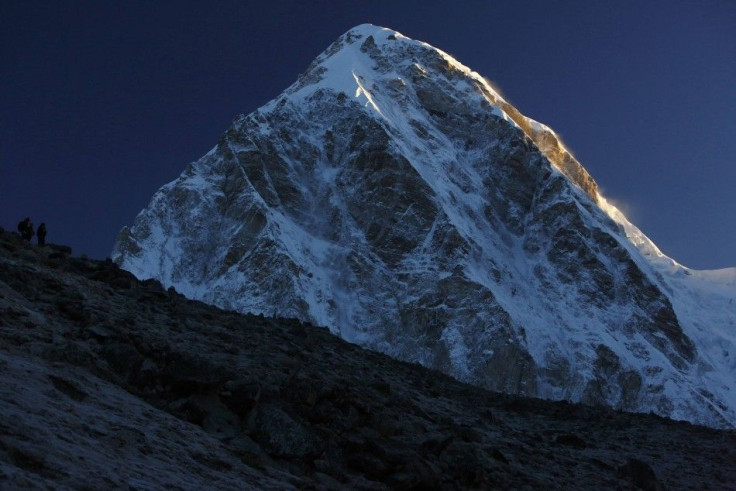Pressed to Provide Land For a Growing Population, China 'Bulldozes' 700 Mountains

China has literally moved to tearing down and flattening 700 mountains to provide land for its growing population. But a group of its very own scientists denounced the idea, blasting its proponents who don't know what they are up to.
Mountaintops in Lanzhou, Gansu Province are currently being shaved off, a practice not really unusual for China to undertake. Over the years, its government had been bulldozing hundreds of mountains to make way for new cities.
But researchers Peiyue Li, Hui Qian and Jianhua Wu from the Chang'an University School of Environmental Science and Engineering said the Lanzhou project, along with other similar projects across the country, has not been vetted "environmentally, technically or economically."
"There has been too little modeling of the costs and benefits of land creation," the authors wrote in an article published in the science journal Nature. "Inexperience and technical problems delay projects and add costs, and the environmental impacts are not being thoroughly considered."
The Lanzhou project, dubbed as the largest ''mountain-moving project'' in Chinese history, will flatten more than 500 square miles of land. It is estimated to cost more than $3.5 billion to accomplish. Once completed, the previous mountain area will yield a new urban district with high-rise buildings.
While flattening mountains is common practice in strip mining, the authors said "such infill has never been used for urban construction."
China is at it again as if it hadn't had enough of the floods and landslides its residents have experienced over the years. Also, the forced changes in its natural landscape have polluted and diverted its once reliable water sources.
"Land-creation projects are already causing air and water pollution, soil erosion and geological hazards such as subsidence. They destroy forests and farmlands and endanger wild animals and plants," the authors said.
"Many land-creation projects in China ignore environmental regulations because local governments tend to prioritize making money over protecting nature."
"Earth moving on this scale without scientific support is folly. The consequences of these unprecedented programs have not been thought through - environmentally, technically or economically," the authors said.





















